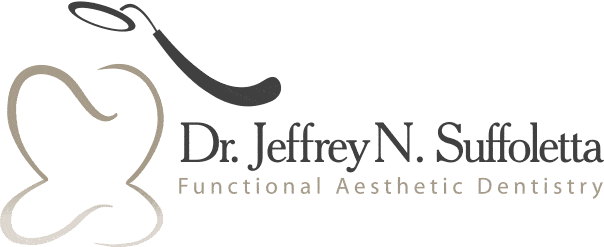How to Minimize A Tooth Ache: Household Remedies for Your Family
If you’re suffering from a toothache, you are not alone; millions of people in the world suffer from a toothache at least once in their lifetime. Dental pain is also not something to be laughed at since toothaches can be a sign of tooth decay or gum disease.
What Causes a Tooth Ache?
Dental pain can be caused by two conditions:
- One condition pertains to the teeth themselves. Your teeth could be suffering from too much dental plaque. Another cause could be an over abundance of oral bacteria causing harm to the roots of your teeth.
- The second reason could be gum irritation which is usually accompanied with your cheeks becoming swollen.
What Symptoms or Signals Can Come with a Tooth Ache?
If you are experiencing swelling around your mouth or hoarseness of your voice, these could be early symptoms of an impending toothache. If you’re experiencing bleeding in your mouth or a cracked or chipped tooth, this could be a reliable predictor of dental pain or a clear sign of poor dental hygiene.
Seeking Medical Care – When is it too late?
Is the pain in your mouth
- Persisting for days?
- Increasing in intensity?
- Affecting your daily life?
If the outlined problems persist, you should visit a dentist.
However, if you are looking for ways on how to slowly lessen the ache to hold you over until your appointment with the dentist, then here are a few household remedies. Keep in mind that this is not a permanent fix. For optimal dental health and pain relief you should set your dental appointment as soon as possible.
How to Minimize a Toothache at Home
There are many ways to minimize a toothache. In fact, most of the items listed below may already be available in your kitchen.
- Garlic. Garlic has been used as a painkiller as well as a medicinal herb throughout history.
What You Should Do: Crush a clove of garlic until you have a small garlic paste, and then apply it on the area where you are experiencing pain. For the best results apply the paste inside your mouth. Try to make the garlic paste last as long as a minute. For a more intense garlic treatment, chew on a fresh garlic clove in your mouth until only the garlic skin is left.Make sure to rinse thoroughly after, since garlic is a strong smell, it can drive away not only bacteria but people. - Numb it with ice. This works best if the pain comes in intervals. Just getting an ICY-HOT pad is not enough; the whole muscle area must be numbed with ice. Chewing on the ice is NOT recommended.
What You Should Do. Place the ice cubes in a thin towel or plastic bag and apply it to your cheek. Interestingly, you can also reduce the pain if you grab an ice cube and massage the area that is experiencing pain with your fingers. Keep in mind that this may not work on everyone. An alternative method may be best for you and when all else fails, get to the dentist right away. - Vinegar and paper bags. Heat is an excellent way to decrease pain and make your dental area more hygienic. It should be noted that the scent is strong for those who may be sensitive to pungent smells.
What You Should Do. Get a clean sheet of paper, a paper grocery bag or a roll of tissue will do. Soak the sheet of paper in vinegar until it’s damp but not too wet that it tears easily. Apply the damp sheet of paper to your cheek for a few minutes. - Warm salt water rinse. This is a very popular remedy, and for good reason; even dentists would prescribe this. Especially to those who prefer the natural and organic route and for those whose teeth that are too sensitive. This can also work if you’re experiencing or about to experience hoarseness or a sore throat. The ingredients are also very easy and convenient to find and use.
What You Should Do. Boil the water and then add a pinch or two of salt. The minimum ratio should be around half a teaspoon of salt to one cup of hot water. The more salt, the better. However, too much salt can cause dehydration since it can suck out moisture, rinse for 30 seconds, spit the rinse out and then rinse again. - Peppermint Tea. For those who are looking for a herbal rinse and drink, peppermint tea can work wonders. It treats not only toothaches but headaches as well! It also has a refreshing taste and is easy to make. Drinking or rinsing with peppermint tea can also reduce different types of swelling.
What You Should Do. Take a teaspoon of dried peppermint leaves and place them in one cup of water that’s boiling and let it simmer and steep for at least 20 minutes. You can use the tea as a rinse or as a beverage. If you’re using it as a rinse, spit it out after it cools down. This would give your mouth good hygiene while lowering its PH level and discouraging the growth of bacteria.
With the home remedies listed here, you should be able to naturally cope with your dental problems. However, if you are still having some concerns about toothaches, it may be a sign of something more serious, like a tooth abscess or complications from tooth decay. Please visit a dentist as soon as possible if pain continues to persist for more than 3 days.



